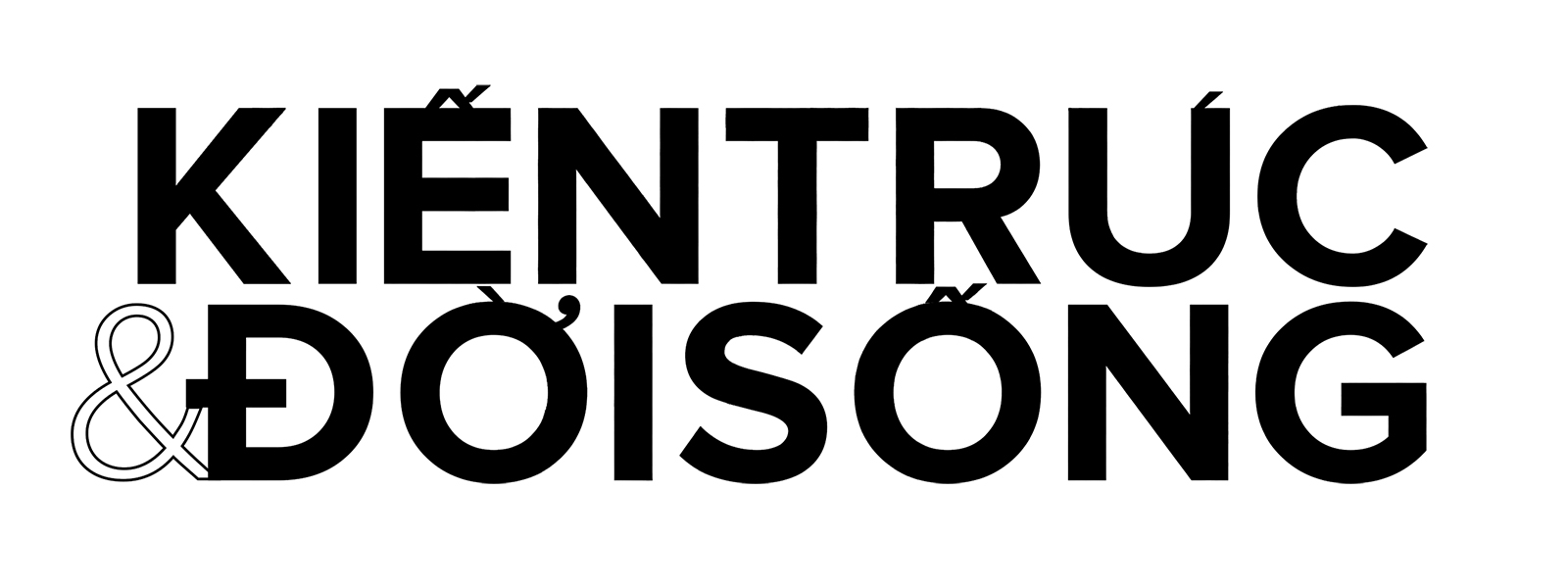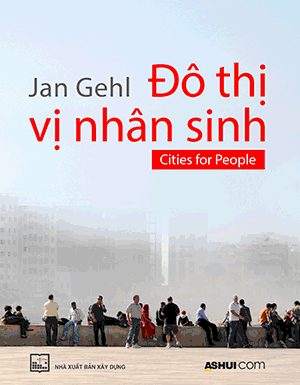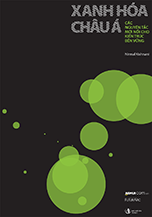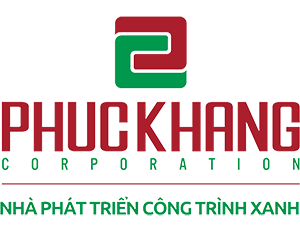The capital in 2030 will have an administrative borderline of around 3,344 km2 with its center – the old Hà Nội – surrounded by satellite cities, towns and countryside.
 The center is expected to have a population of 3.7 million and 4.6 million in 2020 and 2030, respectively. It will serve as an administrative, economic and cultural hub for the capital and nation as well.
The center is expected to have a population of 3.7 million and 4.6 million in 2020 and 2030, respectively. It will serve as an administrative, economic and cultural hub for the capital and nation as well. The five satellite cities, including Hòa Lạc, Sơn Tây, Xuân Mai, Phú Xuyên and Sóc Sơn will have a combined population of 0.7 million in 2020 and 1.3-1.4 million in 2030.
Hòa Lạc will focus on science, technology and training. Sơn Tây will become an urban center dedicated to culture, history, and convalescence tourism. Xuân Mai will target to develop services and handicraft industry. Phú Xuyên will function as a transport coordinating destination and house industry zones. Sóc Sơn will be come an ecological urban center.
Under the master plan, public and military offices, headquarters of the Party, National Assembly, and Government will continue to locate in Ba Đình District. Meanwhile, offices of local authorities are positioned around Hoan Kiem Lake.
The master plan paves the way for the re-arrangement of inner universities and colleges and highly-infected medical establishments in satellite cities.
The transport system will be upgraded with better public transport, centripetal highways, and linking roads./.
By Hương Giang
Tin mới hơn:
- Thu Thiem Software Park in the danger zone
- Phu Quoc mega project threat
- Sound real estate ventures turn investors’ heads
- Danang property pulls investors
- No letup in tough times for property market
Tin cũ hơn:
- Hanoi has big capital needs
- New decree on land use fees
- Foreign investors pull out of local property market
- Kumho Asiana Plaza turns retail space to food space
- Dung Quat Economic Zone to be expanded




























